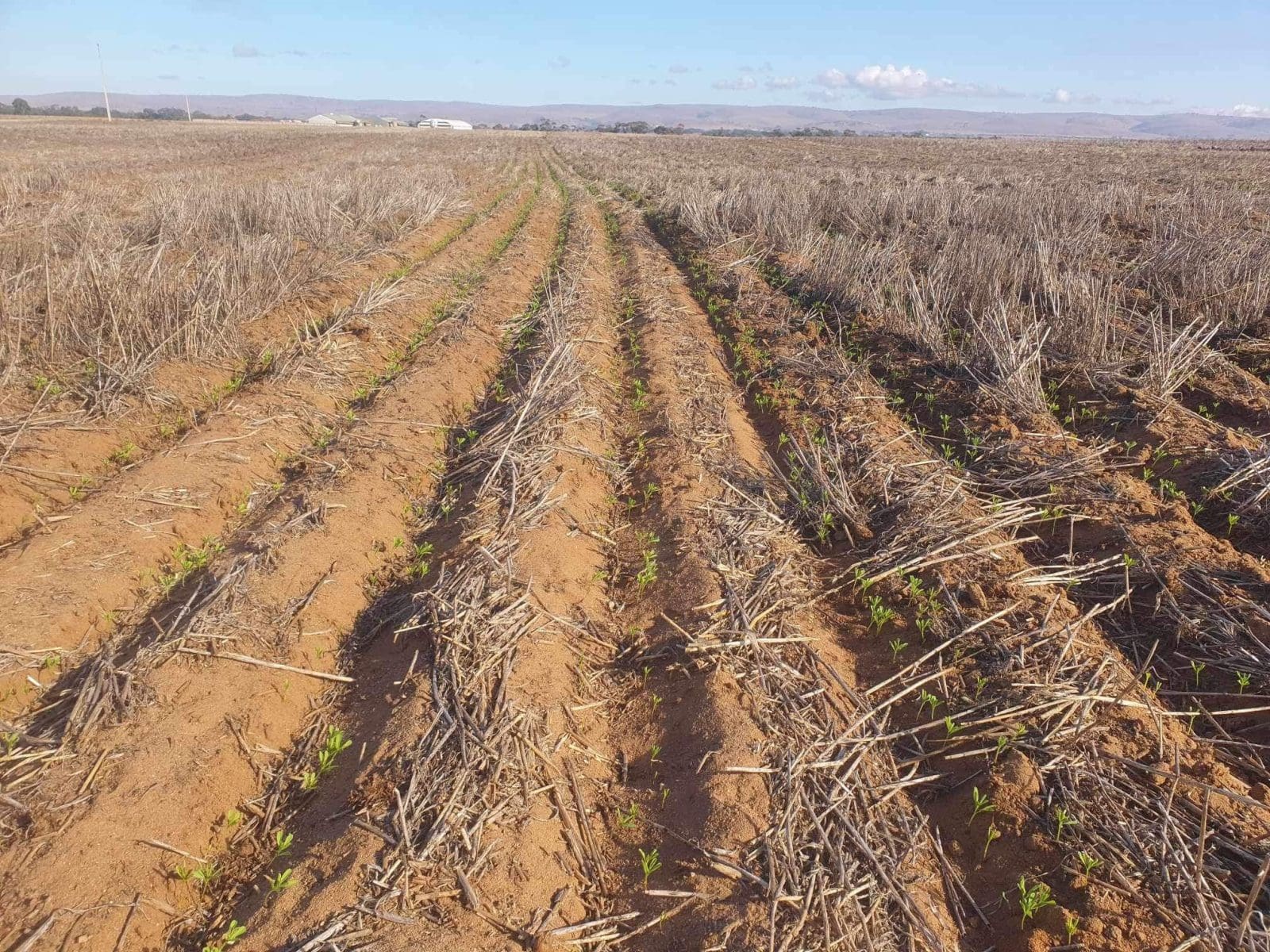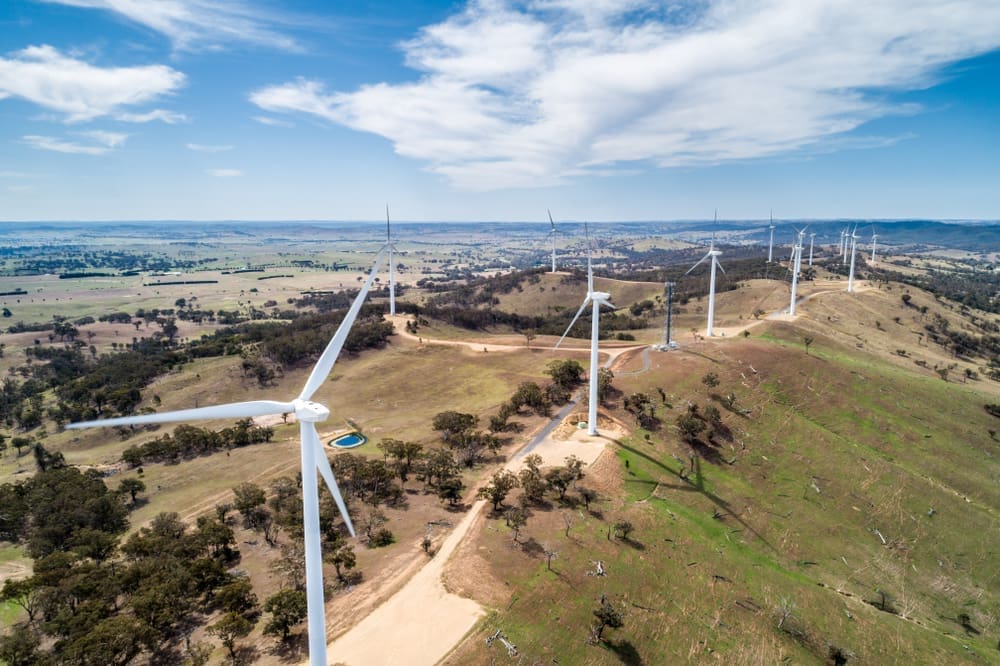Concerns mount as South Australian pulse crops await germination amid dry conditions, while Queensland and New South Wales experience favorable starts.
Growers across Australia are witnessing divergent beginnings to the winter pulse season, with Queensland and northern New South Wales enjoying ample rain for chickpeas, while South Australia faces dry conditions affecting faba beans and lentils. As planting wraps up, the focus shifts to market dynamics and production forecasts.
ABARES recently released projections for Australia’s new-crop production, with chickpeas forecasted at 1.15 million tonnes, faba beans at 515,000 tonnes, and lentils at 1.6 million tonnes. Despite these estimates, market prices are experiencing fluctuations amid thin forward sales.
Chickpeas have seen a notable increase in prices, attributed partly to Australia’s access to the tariff-free Indian market. However, grower selling remains limited due to concerns over quality and weather uncertainties. Conversely, faba beans have experienced a decline in grower selling amidst dry conditions, with some crops being retained for livestock feed.
In South Australia, the pulse market is described as “very thin,” with most growers awaiting a late break in the season before committing to selling. Patchy rainfall has hindered germination, especially for lentils, raising concerns about achieving average yields without adequate moisture.
While lentil prices remain competitive, with a premium for prompt delivery, growers are cautious about forward selling until they have more confidence in the season’s outlook. Despite challenges, exporters are optimistic about volume from southeastern Australia, though the final yield may deviate from ABARES forecasts.
As the season progresses, attention remains on weather patterns and market dynamics, with hopes pinned on favorable conditions for pulse crops awaiting germination in South Australia.
Error




